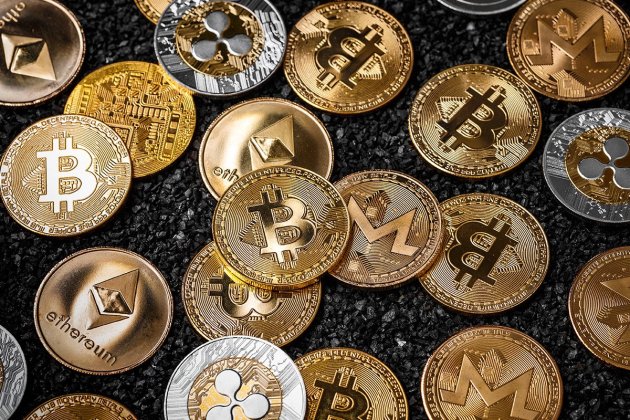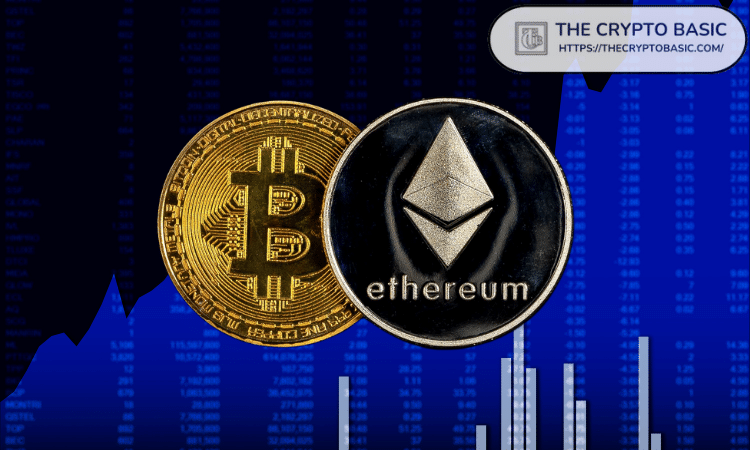The Web3 ecosystem has grown rapidly, but no factor is more important than developer activity. Builders determine which chains succeed, which applications thrive, and which innovations shape the future of blockchain. In 2025, the race between Ethereum, Solana, and Polygon has intensified as each network competes for talent, tooling, funding, and adoption. Understanding where developers are building helps traders, investors, and founders identify long-term winners.
This guide breaks down how each ecosystem performs, why developers choose them, and which chain is currently leading the race.
Why Developer Activity Matters in 2025
Developer activity reflects the health of a blockchain ecosystem. Networks with robust builder communities tend to launch more tools, apps, infrastructure, and enterprise integrations. This creates a cycle where innovation attracts users, and users attract even more developers.
In 2025, developers are choosing chains based on several factors: scalability, fees, documentation quality, funding programs, and app performance. As competition intensifies, understanding these differences is crucial for predicting the next wave of Web3 growth.
Ethereum: The Ecosystem With the Deepest Foundations
Ethereum remains the strongest ecosystem in Web3. It benefits from the most mature developer community, extensive documentation, and thousands of tools and libraries. Its long history makes it the default choice for builders who value security, reliability, and community support.
Despite higher fees in earlier years, Ethereum continues to dominate because of network effects. Most major DeFi protocols, NFT ($0.00) platforms, and enterprise-grade solutions began here. Developers also benefit from a wide range of frameworks, such as Hardhat, Foundry, and Truffle, as well as powerful infrastructure tools like Infura and Alchemy.
Even though the base chain can be expensive during peak activity, Ethereum’s transition to a modular ecosystem has made it more attractive. Instead of building directly on the mainnet, developers can deploy scalable applications on Layer 2 networks while still benefiting from Ethereum security.
Solana: The High-Performance Chain With Explosive Growth
Solana has emerged as the fastest-growing ecosystem in 2025. Known for its high throughput and low fees, Solana appeals to developers building consumer-facing applications.
The chain’s architecture allows thousands of transactions per second, making it suitable for trading apps, gaming, payments, and social platforms. Its developer tools have improved significantly over the past two years, with frameworks such as Anchor, Seahorse, and Solana Playground lowering the barrier to entry.
Solana’s thriving meme coin culture, active airdrop ecosystem, and deep venture support also attract builders seeking rapid user growth. Unlike Ethereum, where development is more modular, Solana’s monolithic design provides simplicity and speed, which developers often prefer when launching high-performance apps.
The network’s outages are far less frequent now due to consensus upgrades, making Solana a reliable environment for large-scale projects.
Polygon: The Multi-Chain Expansion Layer for Ethereum
Polygon remains a major player because it offers developers multiple tools tailored to their needs. With networks like Polygon PoS, Polygon zkEVM, and Polygon CDK, builders can launch scalable applications backed by Ethereum-level security.
Polygon’s ecosystem is especially popular among gaming studios, enterprise partners, and cross-chain developers. Major brands such as Starbucks, Nike, and Reddit have previously chosen Polygon due to its low fees and easy onboarding.
In 2025, Polygon’s biggest advantage is its shift toward a unified zk-powered ecosystem. Developers who want the familiarity of Ethereum combined with faster transactions often choose Polygon networks.
Its grants programs, incubators, and partnerships continue to attract both small teams and major studios.
Developer Adoption: Who Leads in 2025?
Each chain leads in different categories. Ethereum leads in total developer count, ecosystem depth, and enterprise adoption. Solana leads in high-performance applications, retail adoption, and developer growth rate. Polygon leads in modular development, brand partnerships, and zk-based scalability.
Data from several industry surveys indicates the following trend for 2025:
Ethereum remains the top choice for foundational infrastructure and long-term builders. Solana has the fastest-growing developer community with some of the most active daily builders. Polygon attracts developers focused on large-scale consumer apps and enterprise integrations.
Rather than one chain dominating, the industry is moving toward a multi-chain future where developers choose networks based on specific needs.
Read more: Why Layer 2 Networks Are Dominating Developer Adoption in 2025
What Makes Developers Choose One Chain Over Another?
Developers prioritize:
Cost
Speed
Security
Tooling
Ecosystem support
User access
Ethereum wins in security, tools, and maturity. Solana wins in cost efficiency and transaction speed. Polygon wins in flexibility and scaling options.
The best ecosystem often depends on the type of project. DeFi builders may prefer Ethereum or Polygon. Consumer apps and high-frequency trading platforms may prefer Solana. Large tech companies exploring Web3 integrations often choose Polygon.
The Future of Developer Activity: Convergence, Not Competition
The competition among Ethereum, Solana, and Polygon is fierce, but the long-term trend is toward convergence. More bridges, shared toolkits, and cross-chain frameworks allow developers to build multi-chain experiences.
Wallet providers now support multiple networks seamlessly. Smart contract standards are becoming chain-agnostic. Builders are shifting from being “Ethereum developers” or “Solana developers” to “Web3 developers.”
The most successful ecosystems will be those that provide performance, affordability, and interoperability.
Conclusion
Ethereum, Solana, and Polygon each lead in different areas of developer activity in 2025. Ethereum remains the most secure and mature. Solana offers unmatched speed and explosive growth. Polygon delivers scalability and enterprise adoption.
Rather than choosing one winner, the market is evolving into a multi-chain environment where developers build across ecosystems. Understanding these differences helps traders, investors, and founders identify where innovation will emerge next.
FAQs
1. Which blockchain has the most developers in 2025?
Ethereum still leads in total developers due to its maturity, tools, and long-term ecosystem growth.
2. Why are developers choosing Solana?
Solana attracts builders with low fees, high speed, improved stability, and a thriving retail ecosystem.
3. What makes Polygon appealing for development?
Polygon offers scalable solutions, zk technology, and strong partnerships with major brands.
4. Is the future multi-chain or single-chain?
The future is multi-chain as developers increasingly deploy across different networks simultaneously.
5. Which chain is best for new developers?
Solana and Polygon are more beginner-friendly, while Ethereum is more advanced but offers deeper tooling.
The post Ethereum vs Solana vs Polygon: Who Leads Developer Growth in 2025? appeared first on FXcrypto News.





















 24h Most Popular
24h Most Popular






 Utilities
Utilities